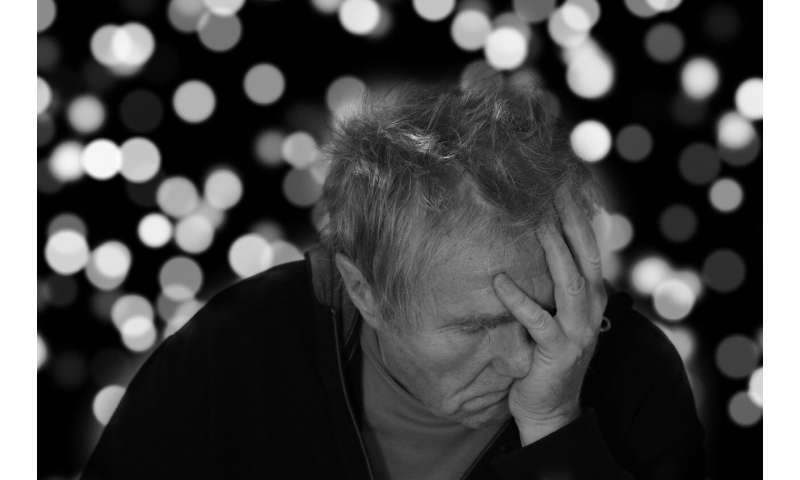Administration plans to pursue a wide range of post-pandemic goals

En español | Joe Biden began his presidency in January with a promise to focus like a laser on getting the COVID-19 pandemic under control and put the economy back on track. With the coronavirus hitting older Americans the hardest, Biden’s emphasis on beating back the pandemic zeroes in on a key concern for older Americans, especially those in nursing homes.
A review of dozens of position statements made during his campaign, along with his initial wave of executive orders and early indications of his legislative agenda, reveals how he might tackle some of the other topics critical to the 50-plus population.
Biden “certainly talked about a lot of the issues hugely important to us and our constituency in the campaign,” said Nancy LeaMond, AARP’s executive vice president and chief advocacy and engagement officer. “But job one is COVID, and job two is the economic package.” So LeaMond’s advice for those hoping that the new president acts on other issues of importance to Americans 50-plus is to “be patient” until the pandemic is under control.
Labor Day Membership Sale
Join AARP for just $9 per year when you sign up for a 5-year term. Limited time offer. Sign Up Today
Here’s a look at the president’s 50-plus agenda. Note that to execute most of his goals, Biden will need Congress to pass legislation.
Medicare/prescription drugs
- Ask Congress to lower the age of Medicare eligibility to 60, reflecting the difficulty many older Americans face in getting jobs, even after the pandemic and economic crisis begin to ease.
- Push Congress to allow Medicare to negotiate prescription prices so it can leverage its buying power to lower the cost of medications.
- Create a tax penalty for drugmakers that raise prices above the general inflation rate.
- Allow consumers to buy prescription drugs from other countries, as long as the federal government says they are safe.
Health care access
- Ask Congress to expand the Affordable Care Act (ACA) by creating a voluntary “public option” health program, patterned after Medicare.
- Allow low-income residents of states that did not expand Medicaid under the ACA to get premium-free access to this new public-option program.
- Ensure that no family’s medical insurance premiums would be more than 8.5 percent of their income.
- Increase eligibility for ACA marketplace subsidies by eliminating the income cap at 400 percent of poverty income.
Social Security
- Beneficiaries who have been collecting Social Security for at least 20 years would get a higher monthly benefit to help protect them from lapsing into poverty as their retirement savings decline.
- Benefits for retirees who have worked for 30 years would be at least 125 percent of the federal poverty level.
- For many couples, when one partner dies, Social Security income may be cut in half. Biden’s plan would allow the surviving spouse to keep a greater share of the benefits.
Saving for retirement
- Encourage more workplace savings plans by giving a tax break to small businesses to offset the costs of starting such plans.
- Remove penalties for caregivers who want to save for retirement but have paused working by allowing them to make “catch-up” contributions to their existing retirement accounts, even if they are not employed in a wage-earning job.
Age discrimination
- Support legislation that would make it easier for older workers to prove they were discriminated against on the job.
- Seek legislation to expand the Earned Income Tax Credit so that workers over age 65, who currently are not eligible for the EITC, could claim that credit on their taxes.
Caregiving
- Allocate $450 billion over 10 years to enable Medicaid recipients to be cared for at home or in the community, rather than in a residential facility. This plan would eliminate the waiting lists for in-home and community-based care.
- Support family caregivers through a $5,000 tax credit.
Nursing homes
- Require an infectious-disease specialist in every regulated long-term care facility.
- Ensure adequate staffing levels in nursing homes.
- Increase the oversight of nursing homes, including inspections and data collection, and restore penalties for noncompliance with quality standards.
Dena Bunis covers Medicare, health care, health policy and Congress. She also writes the Medicare Made Easy column for the AARP Bulletin. An award-winning journalist, Bunis spent decades working for metropolitan daily newspapers, including as Washington bureau chief for the Orange County Register and as a health policy and workplace writer for Newsday.




